National Tree Week 2023
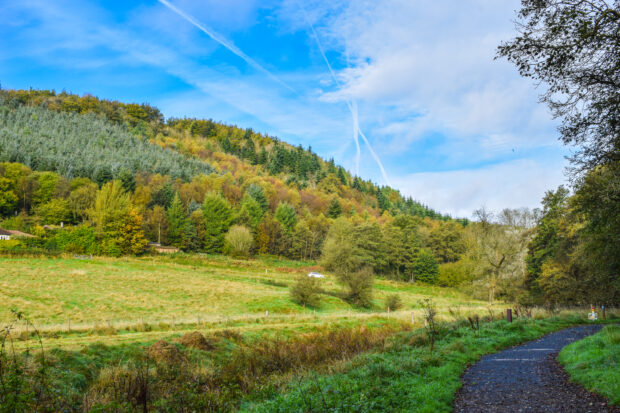
Sir William Worsley is Chair of the Forestry Commission. In this blog he looks at why we are calling on the public to Grow a Tree in 2023.

Sir William Worsley is Chair of the Forestry Commission. In this blog he looks at why we are calling on the public to Grow a Tree in 2023.

We've published our new corporate strategy setting out how we will deliver, for the environment, for the economy and for society, Richard Stanford, Chief Executive of the Forestry Commission, explains more.

Ips typographus was first identified in the UK in 2018. Since then multiple teams at the Forestry Commission, Forest Research and Defra have been working together to manage this invasive pest. Here's how.
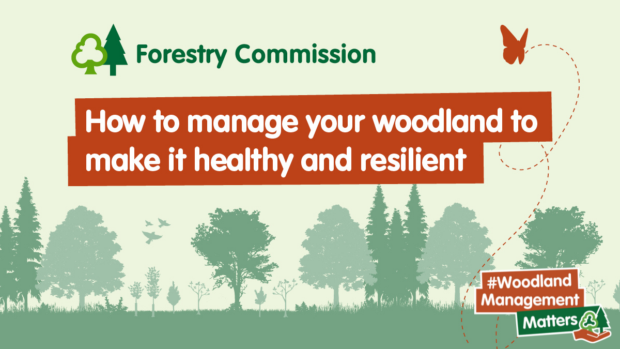
This visual guide explores ways to manage your woodland to make it healthy and resilient to the impacts of climate change, pests, and diseases.
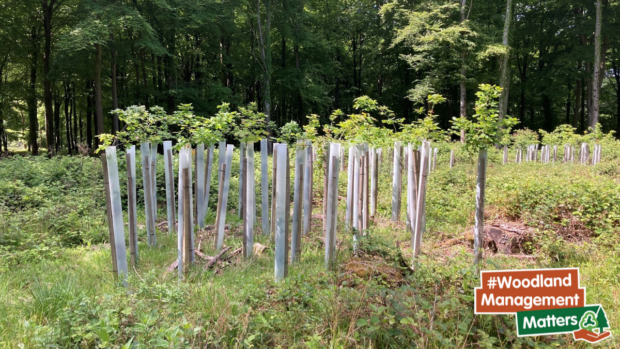
Woodland Resilience Adviser Chris explores the different threats facing our woodlands, and how woodland management can help mitigate these threats and increase the future health and resilience of our woodlands.
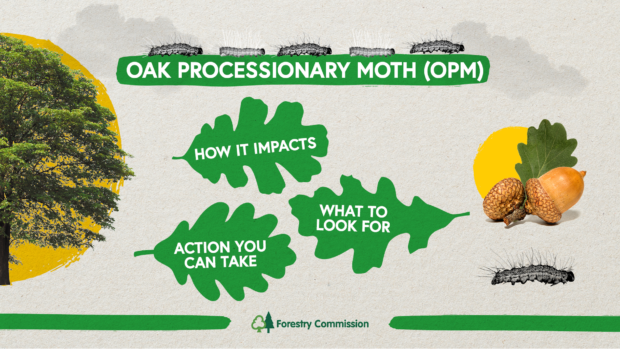
Find out more about the tree pest Oak Processionary Moth. This visual guide explains how to spot it, and the actions you can take.
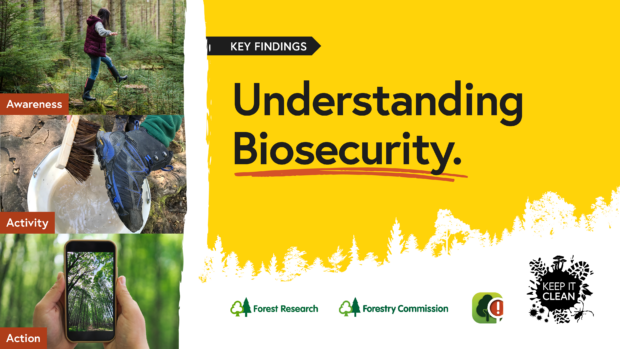
Our recent survey of 2,000 people, led by Forest Research and OnePoll, looks at people's experiences of the countryside and green spaces in England. It explores their understanding of pests and diseases and ways to limit the spread.
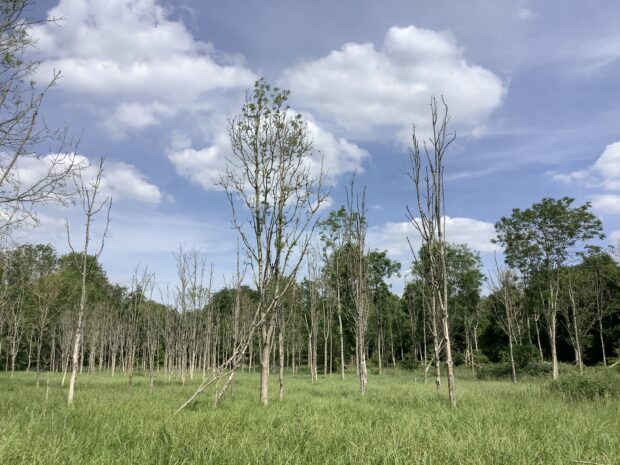
Barnaby Wylder is our Plant Health Forestry Lead in the North West of England. In this blog he reflects upon ten years of handling ash dieback cases, and what the future might hold for our ash trees.

Discover the important work our Plant Health Forestry team carries out at the borders to prevent tree pests and diseases from entering the country.
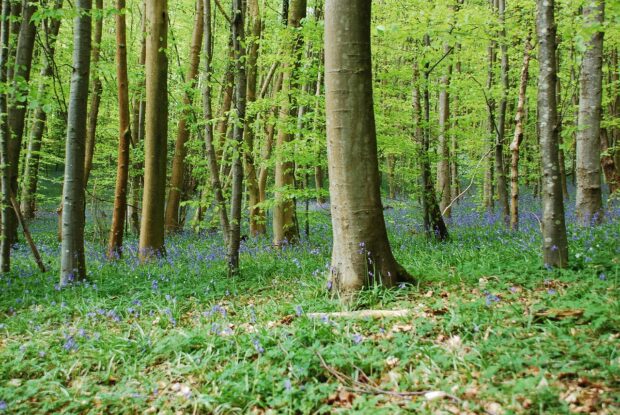
Now in its 2nd year, Bella Murfin and Naomi Matthiessen, job share Directors, reflect on the last 6 months of the Nature for Climate Fund Tree Programmein Defra.